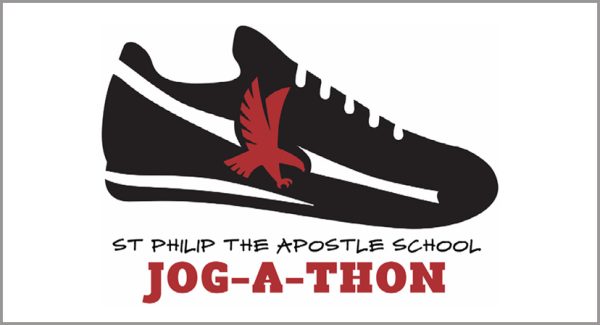Origins of the Easter Bunny

Easter is a holiday that celebrates the resurrection of Jesus Christ.
However, other traditions are also a part of Easter, with many revolving around the Easter Bunny.
It is a long-held tradition that the Easter Bunny leaves baskets full of goodies and eggs filled with treats for kids to find.
But where does this tradition come from and when did it begin?
The Easter Bunny first arrived in the 1700s, when German Immigrants, who were mostly Lutheran or Catholic, settled in Pennsylvania for religious freedom. When they settled in America, they also brought their tradition of an egg-laying hare called “Osterhase” or “Oshter Haws.” Their children made nests so this creature could lay its colored eggs.
This tradition would spread throughout America and quickly evolve into the modern-day Easter Bunny.
How does this connect with Christianity?
Actually, the short and simple answer is that it doesn’t.
Bunnies, eggs, yellow chicks, and Easter baskets all stem from these roots.
They were incorporated into the celebration of Easter separately from the Christian tradition of honoring the day Jesus Christ rose from the dead.
Despite the lack of similarities, however, people still enjoy celebrating both traditions.
For Catholics and other Christian faiths, the primary focus will always remain on the celebration of Jesus’s resurrection – the most important day of the liturgical year!







